The Truth About Detroit's Export Dreams
Unlike arm wrestling or Martini making, when it comes to currency, there’s an upside to being weak. Especially if you are, say, an American car manufacturer fighting pesky foreigners. As the value of the dollar falls overseas, the price of American-made cars and trucks falls as well. Theoretically, a lower price should mean increased demand. So, is the declining U.S. dollar the cocktail Detroit needs to lift their spirits?
Between 2002 and 2007, American auto exports doubled, from about $25b to $50b. Over the same period, imports grew to $150b (they’ve leveled off for the last 18 months). The bad news: exports from General Motors, Ford and Chrysler combined equals a third of the vehicles the US imports. What’s more, roughly half of The Big 2.8’s exports are sent to Mexico and Canada.
The good news: America has stopped demanding that more cars built elsewhere. The rest of the world is slowly opening to the important of American metal.
Russia is a growing market for big SUVs (while America is growing parking lot for same). Sadly, Russian import tariffs make the Berlin Wall look like a welcome mat. In this they are not alone. And over the last few years, U.S. foreign policy has been something less than persuasive when it comes to removing trade barriers. Meanwhile, the Euro market has deflated. And the go-go growth in India and China is slowing.
Even so, both GM and Ford are escalating exports, specifically those aimed at China and Latin America. Chrysler is shifting some of its manufacturing back to the States. It’s a slow process. Chrysler, for example, plans to move more Jeep production stateside as soon as its contract with Austria’s Magna Steyr runs out. In 2009. All three automakers suffer similar hand-tying. And none of this is happening in a vacuum.
While Detroit tries to adapt to changing economic conditions, Aichi and Munich move their pieces around the board as well. Every major auto manufacturer has a facility in the U.S. As the dollar appears to be in the doldrums for the foreseeable future, many are looking to expand or add capacity in the New World. BMW is building the next generation X3 in its Spartanburg plant, right along side the X5. (Magna Steyr will be losing that contract too.) Volkswagen/Audi/Porsche is/are looking to construct a new plant in the U.S., possibly North Carolina.
All of this is good news for the American worker. Mitsubishi not only builds vehicles in American for Americans, they export. The numbers are still paltry– Mitsubishi will export around 12,000 cars this year– but auto exports are trending upwards. Honda, Toyota and Mercedes export from the US. They are adjusting quickly.
Exactly how much a discounted dollar changes price is as murky as any car deal. Carmakers contracted for the steel, copper, plastic and other commodities being formed into a car this morning months or years ago. The parts going into a vehicle come from all over. While the dollar slid 11 percent against the Euro in 2007, the rate is different for other currencies. The dollar has been in a steady decline for six years, so everything is in flux. It is not unreasonable to assume a 10 to 20 percent premium on Japanese and European models. Or the flip side– 10 to 20 percent off American rides.
So the Cobalt should be the new Wii, right? Regardless of how much The Big 2.8 would like to make money in real estate and mortgage derivatives, it all comes back to cars. The bottom line: Detroit did not prepare well for this moment.
Some cars built in America are, in theory, ready for foreign service: Jeeps, Corvettes, Cadillacs, Chrysler minivans. But these are specialty items not found in the bread and butter aisle of the market. They sell in tiny numbers, if at all (Cadillac BLS). Although GM (Chevrolet, Buick) and Ford (Ford) have some brand equity in foreign climes, it’s based on locally/foreign-made products.
It’s hard to think of a single Big 2.8 product that’s ready to be shipped abroad in large numbers. While GM-Ford-Chrysler scramble to adjust their U.S. product mix to reflect high fuel prices, they’re behind the curve, and will be for some time. And despite all this talk of downsizing, American cars are still over-sized for most foreign markets. The constant bloating of transplant product proves that size still matters, and doesn’t translate.
Exports from the States have increased, but it is going to be real tough to make those numbers grow without product the rest of the world wants. Leaving out North America, the Ford F-150 is not the world’s best selling vehicle. The rest of the globe likes lithe, economical Golf-Corolla-Civics. As Detroit wrestles with another lost opportunity, let me suggest a good, stiff drink.
More by Michael Martineck
Latest Car Reviews
Read moreLatest Product Reviews
Read moreRecent Comments
- FreedMike Glad that one worked out for you!
- Urlik My issue with gigacasting is future repairabilty. It may save in manufacturing but all the savings will get eaten up by the consumers in increased insurance costs.
- Wjtinfwb Ford can produce all the training and instructional videos they want, and issue whatever mandates they can pursuant to state Franchise laws. The dealer principal and staff are the tip of the spear and if they don't give a damn, the training is a waste of time. Where legal, link CSI and feedback scores to allocations and financial incentives (or penalties). I'm very happy with my Ford products (3 at current) as I was with my Jeeps. But the dealer experience is as maddening and off-putting as possible. I refuse now to spend my money at a retailer who treats me and my investment like trash so I now shop for a dealer who does provide professional and courteous service. That led to the Jeep giving way to an Acura, which has not been trouble free but the dealer is at least courteous and responsive. It's the same owner group as the local Ford dealer so it's not the owners DNA, it's how American Honda manages the dealer interface with American Honda's customer. Ford would do well to adopt the same posture. It's their big, blue oval sign that's out front.
- ToolGuy Nice car."I’m still on the fill-up from prior to Christmas 2023."• This is how you save the planet (and teach the oil companies a lesson) with an ICE.
- Scrotie about 4 years ago there was a 1992 oldsmobile toronado which was a travtech-avis pilot car that had the prototype nav system and had a big antenna on the back. it sold quick and id never seen another ever again. i think they wanted like 13500 for it which was steep for an early 90s gm car.



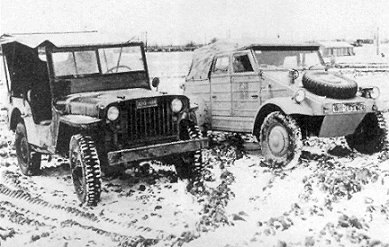















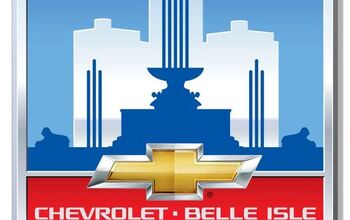
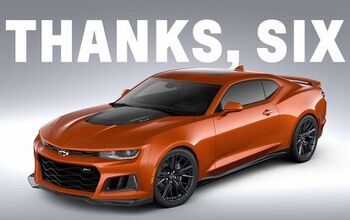

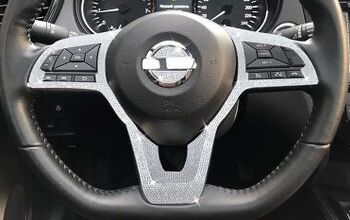
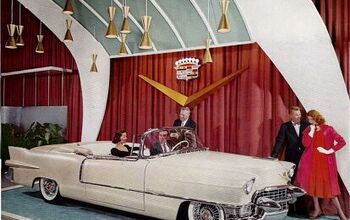
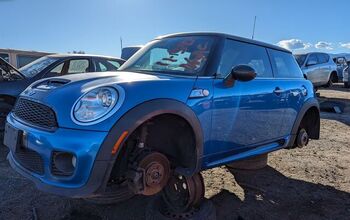

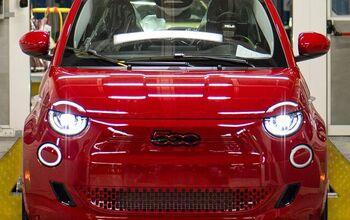
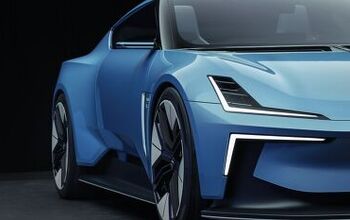
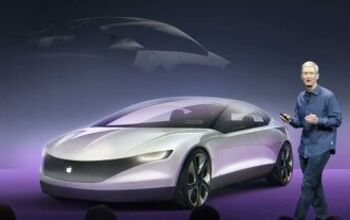
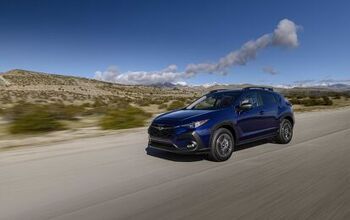

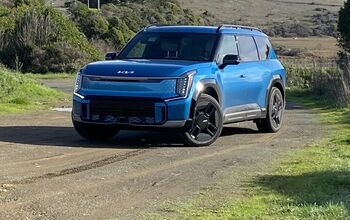
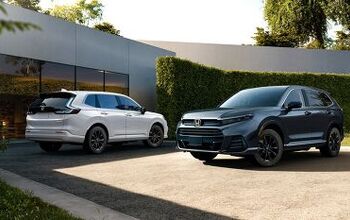

Comments
Join the conversation
“If Ford (for example) had one Focus that it sold worldwide (with minor adjustments to suit local markets) and if each factory could turn out models for all the geographies, then as an agile manufacturer, Ford could add a third shift in locations where currencies are cheapest, and reduce throughput in the most expensive plants.” Which, BTW, is exactly what Toyota, Honda and others do. Their home market manufacturing plants in Japan produce both for domestic and export markets. Toyota also exports some US production worldwide. Honda does make a "world" and "US" version of the Accord, but they sell the US Accord in many foreign markets as well, such as Australia. Market requirements are rapidly converging as the US joins the high fuel cost club already in play in most of the developed world for a long time. The Prius, Fit, Versa and Mini, for example, are all essentially the same cars around the world.